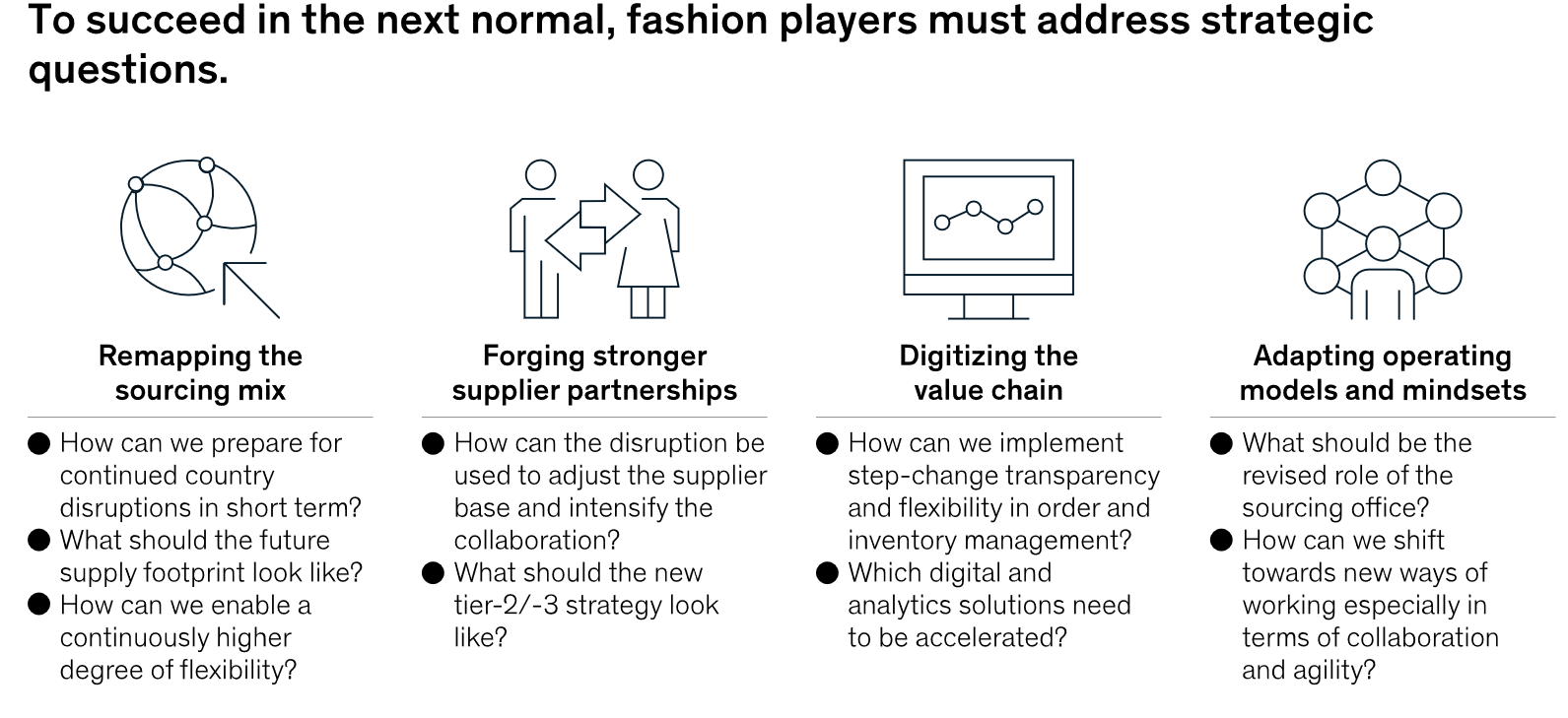No point of contention lies in the fact today that Sustainability needs to trickle down in every aspect of Human livelihoods: be it our food systems, industrial activity or even clothing.
To be better, one has to seek better.
Because like a Phoenix rise from the ashes, the World has witnessed a new beginning i.e. an emergence of a new class of customer from the Pandemic, the one that prefers sustainability over his/her desires, the ones that puts Nature’s needs ahead of his/her own.
Be it all major clothing companies in Sweden today or FMCG operators, CSR managers and sustainability heads are trying best to align their business models, production processes and store concepts towards improved sustainability.
This new class of “conscious consumer” has become more and more conscious of the waste in plenty and the ways to deal with it. The measures may include reducing waste and even encouraging the sources of these waste to curb it.
According to US’ National Retail Federation: “People who didn’t used to think about these issues are suddenly thinking about them and realizing there has to be a better way to do it.”
Corporate surveys and the inclination for Sustainability:
Recent study by IBM, took over 14,000 consumers in nine countries to find that 90 percent people said their views about sustainability were affected by the pandemic, more than natural disasters.

After the Pandemic, 55 percent of consumers said sustainability is very or extremely important to them while choosing a brand, 22% higher than earlier.
Nearly half of these conscious workers were even willing to accept a lower salaried work at a sustainably-conscious and socially responsible organization than being associated with an exploited industry.
According to recent Accenture survey: “two out of three consumers are making more choices based on sustainability, intend to continue doing so, and would like to see government legislation promote conscious consumption.”
“People’s values are increasingly becoming infused in their shopping habits”.
How does this change the Retailer’s attitudes?
This encourages and somehow forces market forces to acclimatize to the Consumer’s demands. It increases accountability on their part and actually pay attention to where the market gets driven.
CEO of Unilever explains: “Any company that wants to stay relevant in the future should think about sustainable behavior.”
Sustainable Fashion:
A sustainable fashion can be defined as clothing, shoes or accessories being manufactured, marketed and used in the most sustainable manner possible, considering both environmental and socio-economic realities.
Environmental aspects cover the efficient and wise use of natural resources, maximizing repair, remake, reuse, and recycling of the product etc.
Fashion accounts for 4 percent of the total greenhouse gas emissions across the globe.
The women these days are ditching cheap synthetics (polyester, nylon, spandex) over natural fibers (cotton, hemp, linen) and even futuristic/innovative fabrics.
This free class does not depend on faint promises anymore, it wants an action. A fashion label owner explains: “The upcoming generation is extraordinarily focused on making sure that waste does not exist.”
In wake of this development, it has become important that the assets under management (AUM) for environmental, social, and corporate governance (ESG) funds have doubled in the past three years.
“For our first ten years, sustainability was not even in the top five reasons why customers chose our company. Now it is one of the top two reasons” He adds.
Sustainability and Transparency:
But for Public to know what’s happening and be relevant to the forces of change, transparency is a must weapon.
With Paris Climate Agreement and even banks coming at forefront to promote ESG and consequent Sustainability, there is practically nothing with its serene touch.
According to Fashion start-up owner: “Increasing sustainability requires a rethink of your inventory management, from waste and marked-down products to packaging and fulfilment”.
“You need to think about your operation in its entirety. How does your product get to the customer? And to keep them relevant?”
This worries triggered by increased awareness and monitoring has called for greater supply-chain resilience.
For example: a fashion player launched a sub-ordinate brand for slightly damaged clothing, targeting customers who could sew them up. This appeared as an appealing approach and reducing waste.
Milan Fashion Week showcasing the womenswear previews for next fall and winter held a live runway show for a small number of guests amidst the Pandemic.
Climate change ruled the designers’ and luxury groups’ minds and souls.
Dior staged a show featuring an Arcadian set of real trees to be replanted around Paris while LVMH hosted Future Life Paris, a conference describing its plans against climate crisis.

Kering decided to go carbon neutral and offset its greenhouse gas emissions starting this year.
Just using bamboo based fibers or the term ‘sustainable’ on tag does not render Sustainability. True sustainability is meant when the entire supply chain of acquiring that bamboo is sustainable.
We can therefore make sure that as the world emerges from a pandemic, retail should lead its way.



